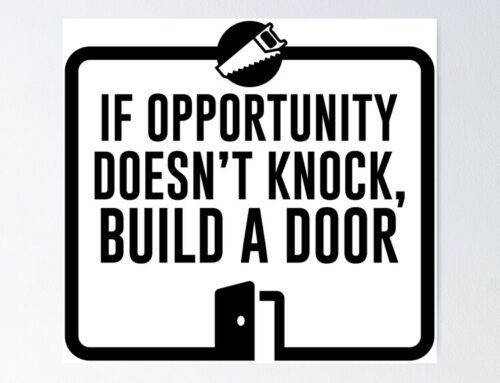When it Comes to Response, Cookie-Cutter Direct Mail Templates Don’t Cut It

Not too long ago, a new client came in for one of our preliminary audit sessions, where we look at their current direct marketing program from a creative and strategy perspective and offer suggestions to make their programs stronger. When talking about cadence and creative rotation to avoid fatigue, the client scanned a bunch of mail samples we had on the table and leaned back in their chair, asking, “So, what templates do you suggest?”
They motioned to the mailpieces on the table and said their current provider offered a set of templates that the client’s graphic artist filled in with their information and branding. If their current provider’s direct mail templates weren’t working, what templates do we suggest they use?
Our answer? “Well, none.”
Set Templates Lead to Set Results
Here’s the thing: if you’re trying to cut costs with cookie-cutter, static direct mail templates, then your response rates are going to be cut, too. Your product is unique. What you’re offering is different than what others in your space are selling—so why would you want a marketing piece out there with your name and hard-earned reputation on it that looks just like what your competitors are doing?
Don’t get me wrong—there are definitely some tried-and-true direct marketing design elements and standard formats: a Johnson box, a letter, a p.s., a sidebar, a call-to-action. And studies have shown some of those items work harder when placed in a few standard locations (like the letter being left aligned under the address block).
Likewise, there are standard formats that marketers use time and again for their efficiency in production and response. In fact, one of our tools, IWCO Direct 1to1℠, our Dynamic Content Management (DCM) solution powered by Messagepoint, utilizes successful, proven formats by converting them into wireframes to help focus on personalization and better manage multi-and omnichannel programs. But the differences between using DCM in combination with testing and personalization, and picking a static template are vast and have huge impacts on response and bottom lines.
Go Beyond Standard Direct Mail Templates for Something Exceptional
It’s fine to start with a rough outline—like choosing your favorite format and applying best practices—but that’s where the predetermination should stop. Little tweaks and additions to those best practices and formats can have a huge impact, and working outside of a standard template allows you to test freely and find what works for your audience.
So, sure—maybe we’ll suggest you use a standard #10 envelope and two-page insert with buckslip and apply a Johnson box and a side bar. But we might also add a unique die-cut to draw attention to the piece in the mailbox and allow the Johnson box to peek through and create intrigue. Maybe we’ll make the sidebar an interrupter and use it to break up the letter copy rather than stand in its typical right-side placement.
It’s taking something that works and turning it into something that works for you. And shouldn’t you be working with a provider who a) understands that, b) wants that for you, and c) believes your product or service is as special as you know it is?
If you’re fine with standard results—and I have yet to meet any serious business or organization that is—then by all means, go with a direct mail template and call it a day. But if you’re looking for something that captivates and compels, then find a provider who steps outside a set template and pushes your direct marketing program to the next level with creative that speaks to your audience to make your marketing dollar work harder.
If you’re looking for a provider like that, look no further—drop me a line and I’ll show you how to step outside the template and into something better.
Article by: Mike Dietz iwco .com

206-391-5682
i2i@i2idirectmarketing.com
www.i2idirectmarketing.com
“…all deliveries GPS tracked…”




